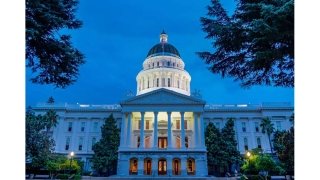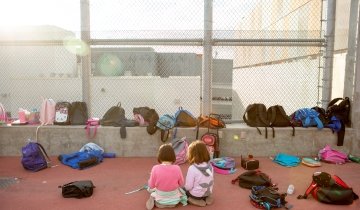A collaboration of researchers from institutions across the country has released a comprehensive report compiling up-to-date analysis and facts designed to help lawmakers refine and improve policy for California’s pre-K–12 education system.
Coordinated by Stanford University and Policy Analysis for California Education (PACE)—a university-based partnership of five California schools, including USC Rossier—the report, “Getting Down to Facts II,” comprises 35 studies that cover student success, governance, personnel and funding.
The new report is an update to the original “Getting Down to Facts,” released in 2008. The findings suggest that if California stays on course with current reforms while addressing significant gaps in implementation capacity, finance and early education, the state’s schools will continue to move in the right direction.
“It’s been 10 years since the last effort and many reforms have been enacted that were in need of review,” said Julie A. Marsh, an associate professor of education at USC Rossier and the faculty director for PACE at USC Rossier. “We have an important window of opportunity to inform the next set of state leaders about the state of education in California—come January, we will have a new governor, state superintendent of instruction, state board president and many new legislators.”
In total, almost a dozen USC Rossier scholars contributed findings and work to the report.
Among some of the major issues highlighted by the report:
- Funding levels for schools in California have been improving, but remain well below many other states.
- Despite enthusiasm by parents around the California School Dashboard, an online school accountability tool, only a “bare majority of parents report being aware” of it.
- State leaders need to do more to help districts build community engagement around how the state’s major school funding law, the Local Control Funding Formula, works.
- The availability and usefulness of educational data “still fall short of what other states have developed.”




